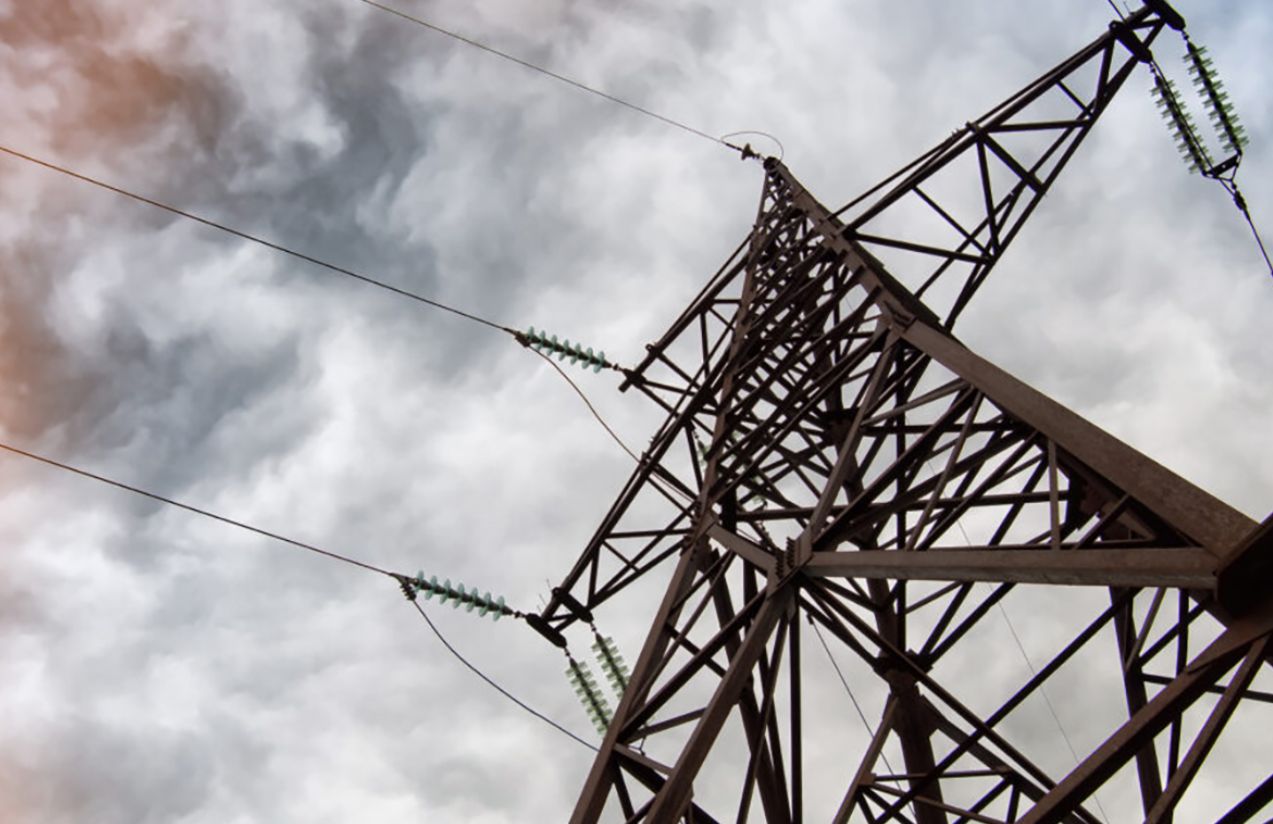At the Energy and Technology Museum in downtown Vilnius, a clock has been counting down the last 100 days to “independence.” But this is not about political independence, achieved in 1990, but rather energy independence.
The Baltic countries have been preparing for this moment for nearly two decades, ever since they joined the EU and NATO in 2004. After Russia’s invasion of Ukraine in 2022, they stopped buying electricity from Moscow, but Russia still controlled the balance of the grid, regulating supply and demand.
“The first thing to understand,” explains Vitautas Jokubauskas, foreign news editor at Lithuanian public radio LRT, “is that this has nothing to do with electricity imports.” Lithuania stopped purchasing energy from Russia and Belarus on February 24, 2022. “It’s about who controls the stability of our power grid,” he adds. Until now, that control was in the hands of a hostile state seeking to subjugate our neighbors, the expert warns.
To achieve independence, the Baltic countries have modernized their infrastructure and built new connections, such as submarine cables with Finland and Sweden. However, these infrastructures have recently been targeted: several ships have been caught dragging their anchors along the seabed to damage the cables. Since 2007, Estonia, Latvia, and Lithuania have been working on integrating with the European power grid, a process that has cost one billion euros. In addition to the underwater connections, they now have a key land link: the LitPol line, which connects Lithuania with Poland.
While the Baltic nations celebrate their energy independence, Russia’s Kaliningrad region faces new isolation, as the European power grid now blocks its connection to the rest of Russia.
The transition brings uncertainty, but it has not caught anyone by surprise. Today, February 7, the BRELL agreement expires, which has kept Estonia, Latvia, and Lithuania connected to the shared grid with Russia and Belarus. Tomorrow, February 8, all three countries will disconnect simultaneously, temporarily operating as an “energy island,” relying solely on their own electricity production. On February 9, they plan to synchronize with the Continental Europe Synchronous Area.
In Vilnius, there is concern over potential physical sabotage, cyberattacks, or disinformation campaigns during this critical moment. “We cannot rule out provocations,” warned Latvian President Edgars Rinkevics. “That’s why our security services are on high alert, as are the authorities and companies responsible for power supply.”
The Baltic power grid was built during the Soviet era, and modernizing it has been a long and costly process. In 2019, an agreement in Brussels launched one of the region’s largest infrastructure projects, aimed at revamping and redirecting the grid toward Europe. Since then, Estonia, Latvia, and Lithuania have increased their electricity generation capacity by 42%. Until now, they were the only EU member states not connected to the European power grid—but that is about to change.




















